Heian Shrine Kyoto – Buddhist Shinto Shrine
The Heian Shrine, a Shinto shrine, is different in architecture to many other shrines and palaces we visited in Japan on our tour. The buildings are very colorful with an attractive mix of vivid vermilion,white, and jade colors; offset by dark green cypress pines and pink cherry blossom trees. This style of architecture is from the Heian Period and has a strong Chinese influence. A giant vermilion Torii gate, one of the largest in Japan, marks the approach to the shrine. The Torii, made of ferrous cement is 24.4 meters in height.
Buildings replica of original Imperial Palace
The shrines main buildings are a replica of the original Imperial Palace from the Heian period, only on a smaller scale (5/8 scale). The original palace destroyed by fire in 1227. Imagine three times larger! The Emperor and central government of the time moved the capital from Nagaoka in 784 to Heian in 794 (Heian is the early name for Kyoto). Kyoto remained the capital for over one thousand years. The Imperial Palace has vermilion colored look-outs at the roof center and at the four corners of the building, these are known as Soryu-ro.
Heian Shrine dedicated to first and last Emperors
The Heian Shrine has a relative short history compared to many other shrines. The history of the Heian Shrine dates back over a hundred years to 1895. The shrine was built to celebrate the 1100th anniversary of the capital’s foundation in Kyoto. The Shrine dedicated to the spirits of the first and last emperors who reigned over the city, Emperor Kammu(737-806) and Emperor Komei (1831-1867).
Otenmon Gate (main gate) and Diagoku-den (main hall)
The vermilion-lacquered Otenmon gate and Diagoku-den(main hall) are especially attractive buildings. The rope decorations being hung over the doorway by the Buddhist monks at the Otenmon Gate, called shimenawa (the rope) is to ward off evil spirits. The decorative strips of white paper called shime, symbolizes purity in the Shinto faith.
Stroll gardens known as Shin-en ‘Garden for the Gods’
The Heian-jingu shrine built according to designs by Ito Chuta (1867-1954) a famous Japanese architect, architectural historian and critic. The garden at the shrine established over a twenty year period by a famous Japanese gardener of the time, Jihei Ogawa 7th. The beautiful gardens at Heian Shrine are an important cultural property of Japan and representative of the Meiji-era (1868-1912) garden design.
Heavenly gardens – weeping cherry blossom trees
The shrine grounds are very spacious with a wide open center court. Beautiful gardens lie behind the main buildings. The garden takes up half the land area approx. 33060 sq.meters. There are four areas to the gardens-south,west,middle and east gardens. I thought the garden would be older than it actually is. It is such a beautiful established garden with shrubs, traditional buildings, ponds, and amazing weeping cherry trees draped over bamboo trellises. An awesome sight.
Eastern Garden – Seiho-ike Pond
Above is the East Garden and pond named Seiho-ike. The surface of the pond is like glass with beautiful reflections of the buildings,trees, mountains and sky. This elegant pavilion Taiheikaku or covered bridge over the pond is an ideal viewing spot, a pleasure spot to sit and enjoy the reflections. Mount Kacho sits in the background, part of the Higashiyama Mountain Range.
Shobikan on Seiho-ike pond
On the edge of Seiho-ike(pond) is another graceful building called Shobikan. It has sliding doors (fusuma) painted with beautiful pictures. Both the Taiheikaku pavilion and Shobikan building given as a gift from the Kyoto Imperial Palace. The gardens are aptly named Shin-en, ‘Garden of the gods’.
Naka Shin’en (Middle Garden)
The garden area above is known as Naka shin’en or middle garden,constructed in 1895. It lies behind the shrine’s main building and has the Soryu-ike pond featuring the Garyu-kyo. The Garyu-kyo walkway, consists of stone pillars, once foundation stones for the girders of Sanjo Ohashi and Gojo Ohashi, both famous bridges in Kyoto city center. The pond features the beautiful purple irises which flower in the summer months.
Heian Shrine best site for viewing weeping cherry blossom tree
The Heian Jingu Shrine reputed to be one of the best sites for viewing the cherry blossom trees in Kyoto, with the weeping cherry trees in full bloom at the tail end of the season, around mid-April. We had certainly picked the right time for a visit. Truly magnificent, one of the most beautiful gardens, if not the most beautiful garden we have visited on our tour. The cascading blossoms, so light and delicate among the green pines and shrubs gave an almost ethereal appearance and atmosphere to the gardens. We walked around dazzled by the breath-taking beauty of the blossoms.
Special events at the Shrine
The shrine court, a very large central area, is sometimes used for special events. The Jidai Festival is held here on 22nd October each year, to commemorate the foundation of Kyoto. The main event of the festival is a parade of people wearing costumes from different periods of Japanese history. The procession travels from the Kyoto Imperial Palace to the center court of the Heian Jingu Shrine.
Heian Jingu Shrine listed as an important cultural property of Japan.
How to get there from Kyoto Station:
The Heian Shrine can be reached by Kyoto Cityu bus number 5 or 100 from Kyoto Station-takes half an hour-cost 220 yen.
Alternate route: Take subway via Karasuma Oike Station to Higashiyama Station- 20 Minutes-250 yen. The shrine is a ten minute walk.
It is free to visit the Shrine. Cost to visit the gardens is 600 yen.
Related Posts:
- sensoji-Asakusa Kannon Temple
- The Kabuki Theatre
- Half Day Tokyo Tour
- Tokyo Japan travel to Nikko
- Toshogu Shrine Japan
- Nikko-Lake chuzenji & Kegon Waterfall|Tokyo-Japan-travel
- Mt-fuji-lake-ashi-komagatake-ropeway-japan
- What is an Irori,what is a jizai kagi Takayama gifu province Japan
- Takayama festival floats-matsuri festivals-gifu province japan
- Two headed monster-Sakurayama Hachimangu Shrine-Takayama-Gifu Province
- Hida hotel-Plaza | Farmers Market Takayama Japan
- Sugidama Sake breweries – traditional shops Takayama Japan
- 450 year old cherry blossom trees scenic Miboro dam Takayama
- The old Toyama family farmhouse Shirakawa-go
- Ancient a-frame Gassho-zukuri homes – villages of Shirakawa-go
- Doburoku matsuri festival Gokayama-washi Shirakawago villages
- Kanazawa railway station east plaza city center
- Kanazawa shrine Kanazawa – marsh of gold
- Perfect landscaping Kenrokuen GardenPark Kanazawa
- Spectacular cherry blossom trees Kanazawa castle park Japan
- Samurai-Nagamach Samurai District-Kanazawa a green city
- Beautiful geisha tea house of the geisha ochaya shima
- Paradise of gold for an artisan Kanazawa
- Nijo Castle Ninomaru Palace and gardens
- Golden Pavilion Kinkaku Ju Kyoto
- Kyoto Imperial Palace Kyoto
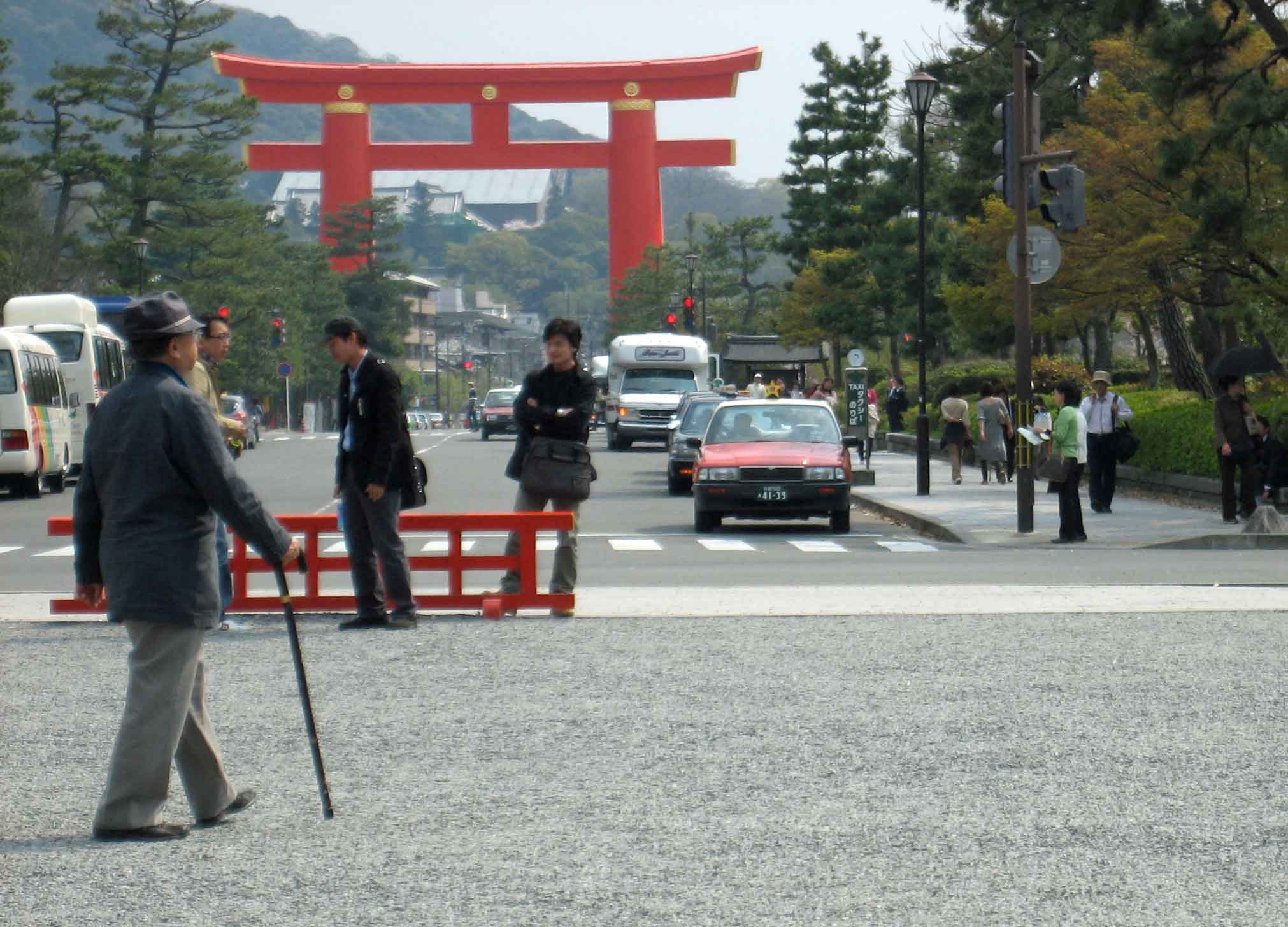
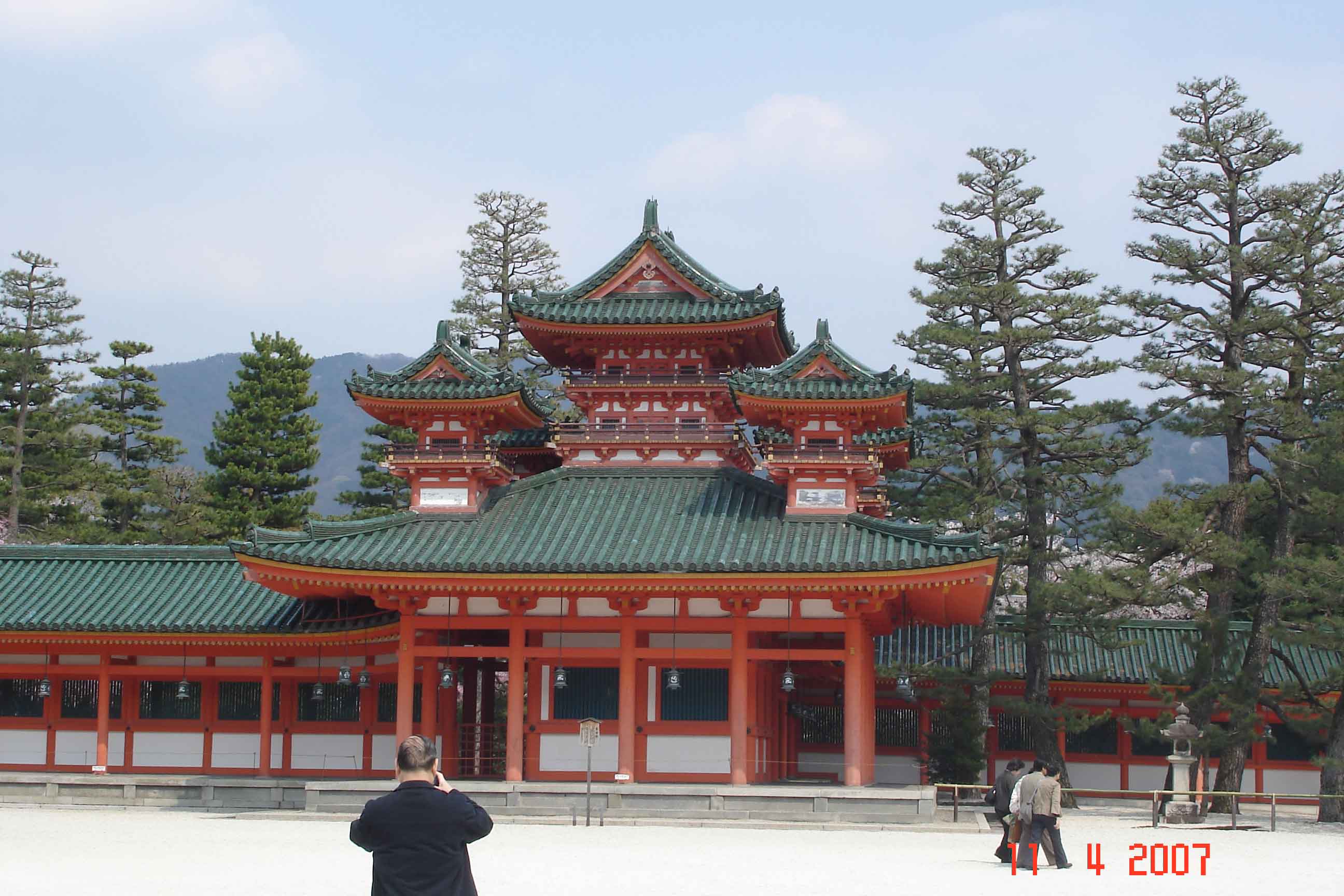
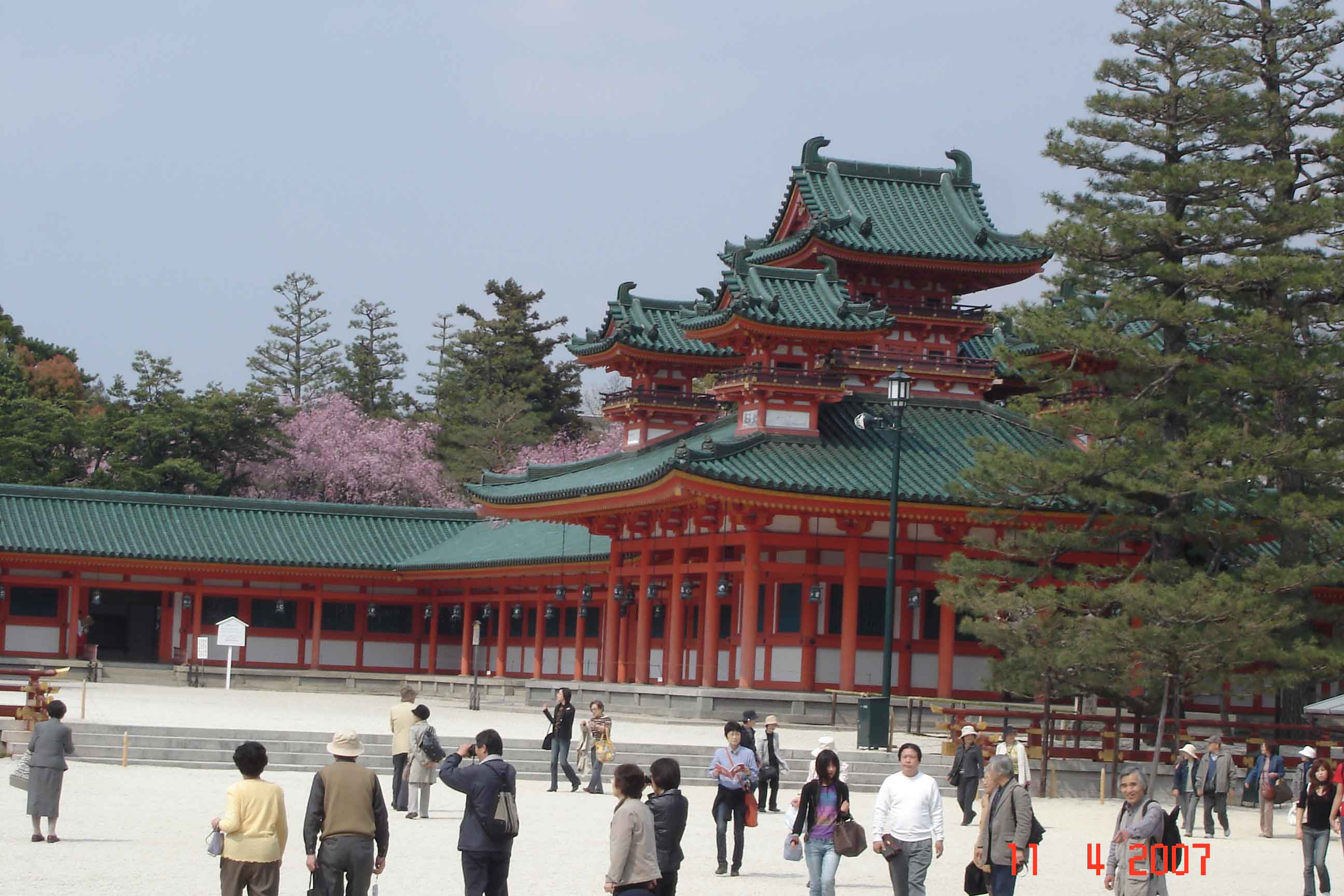
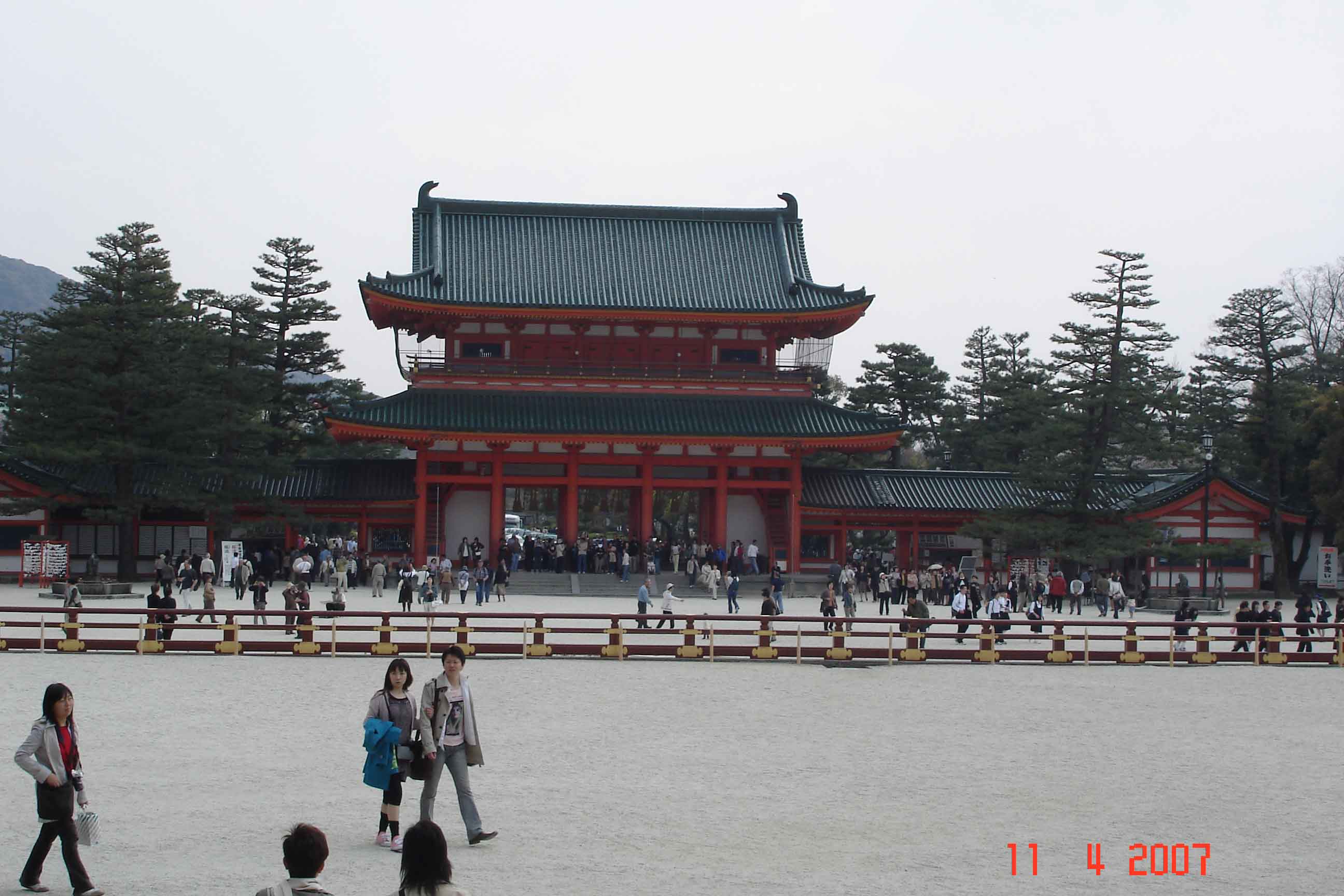
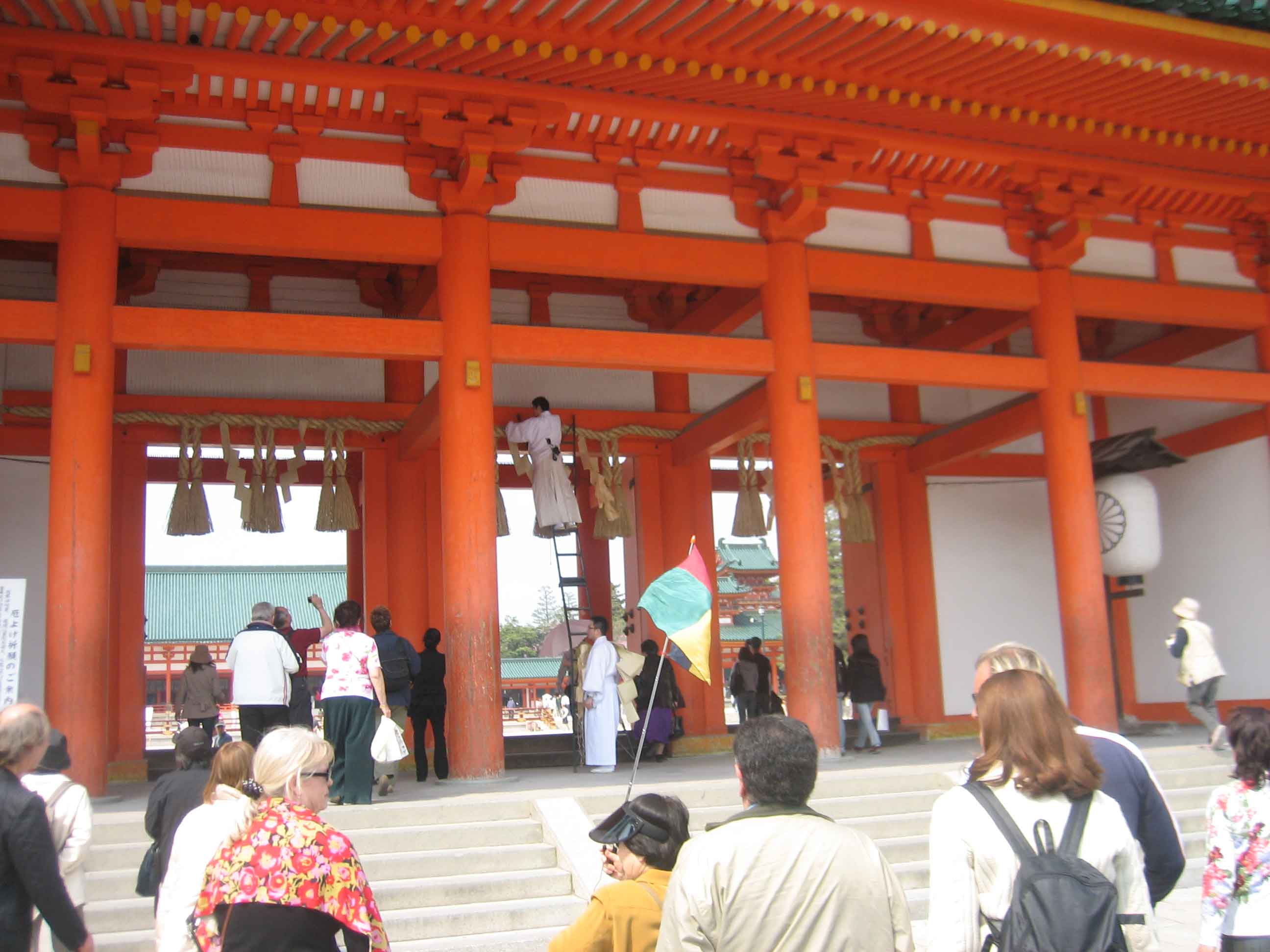
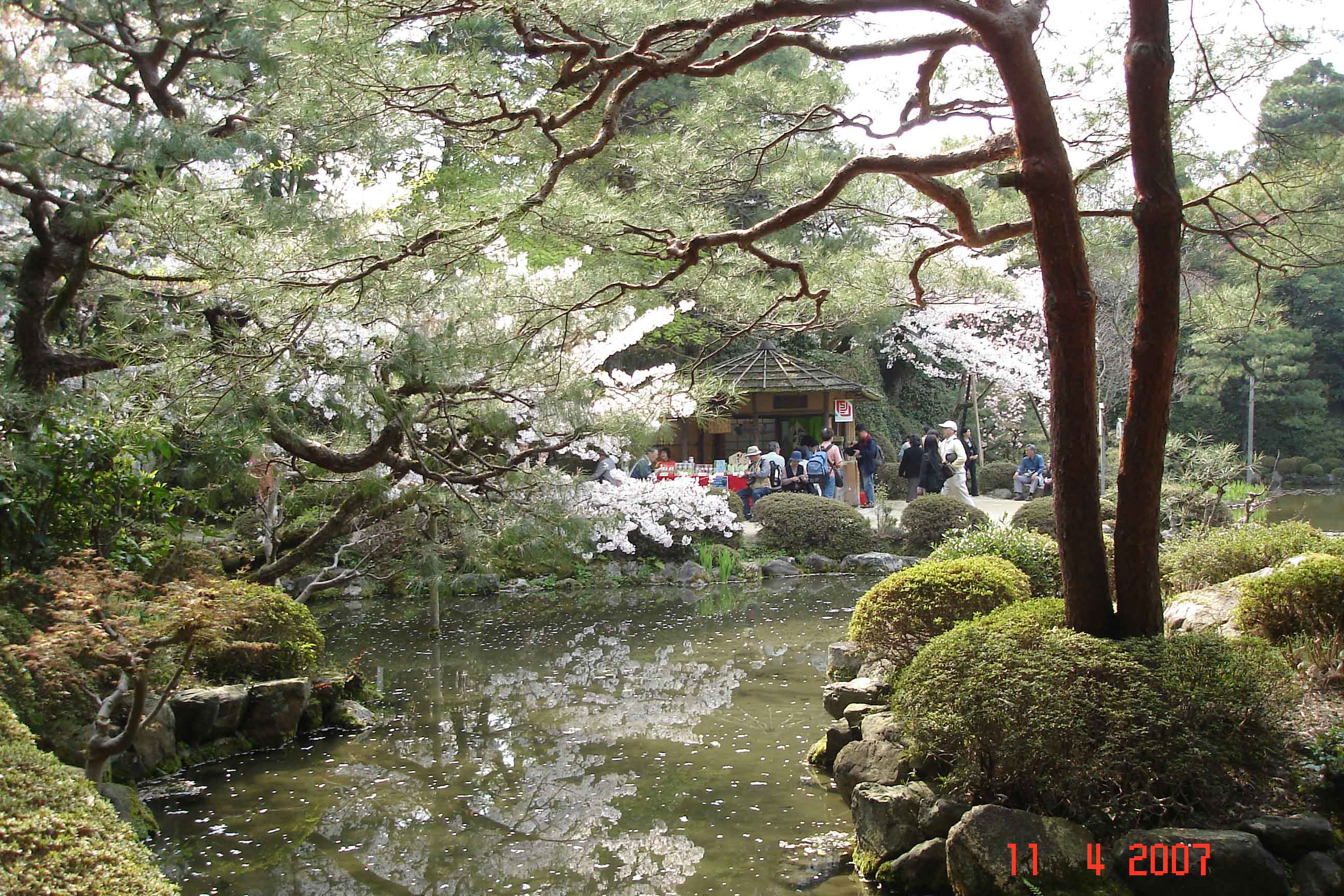
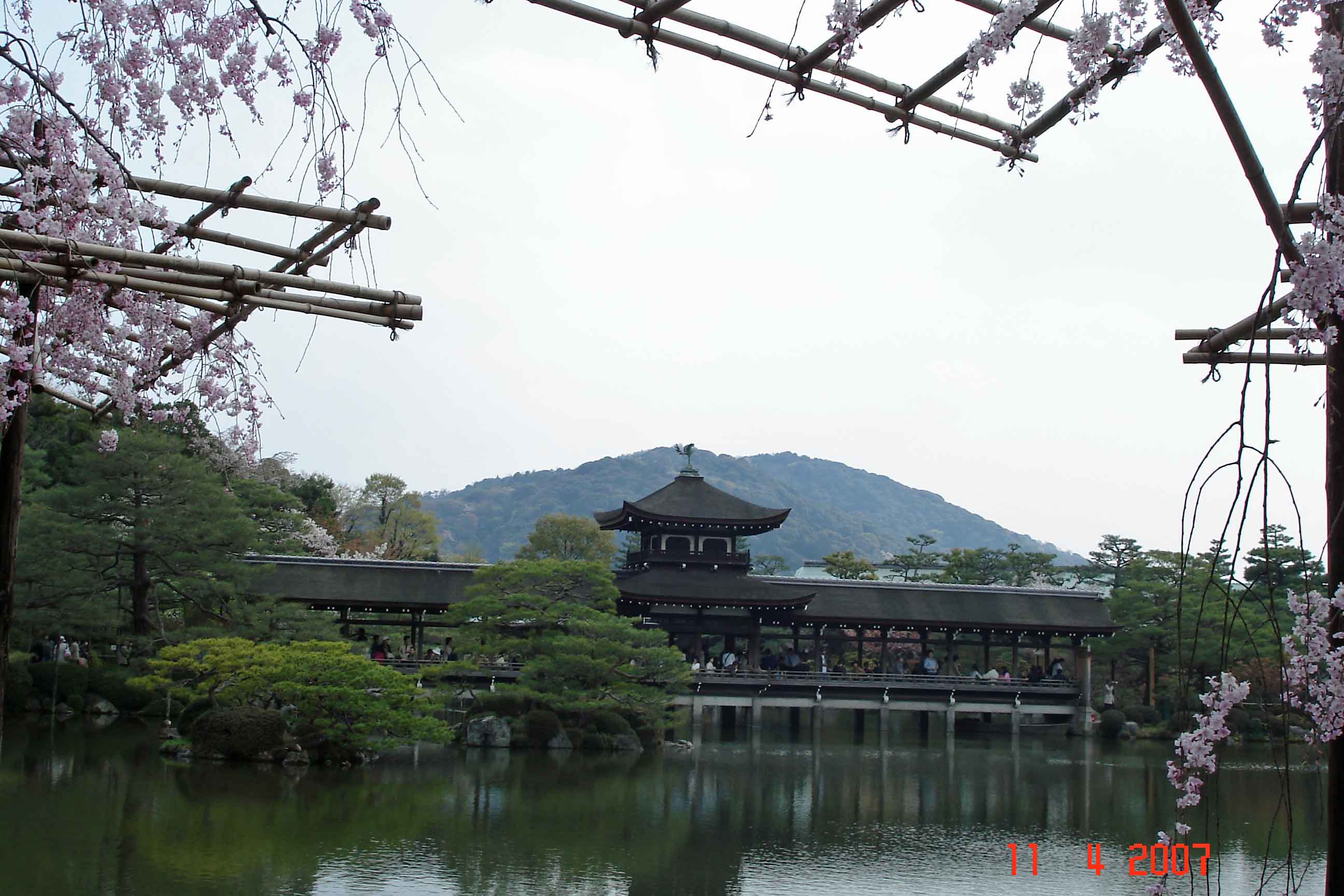
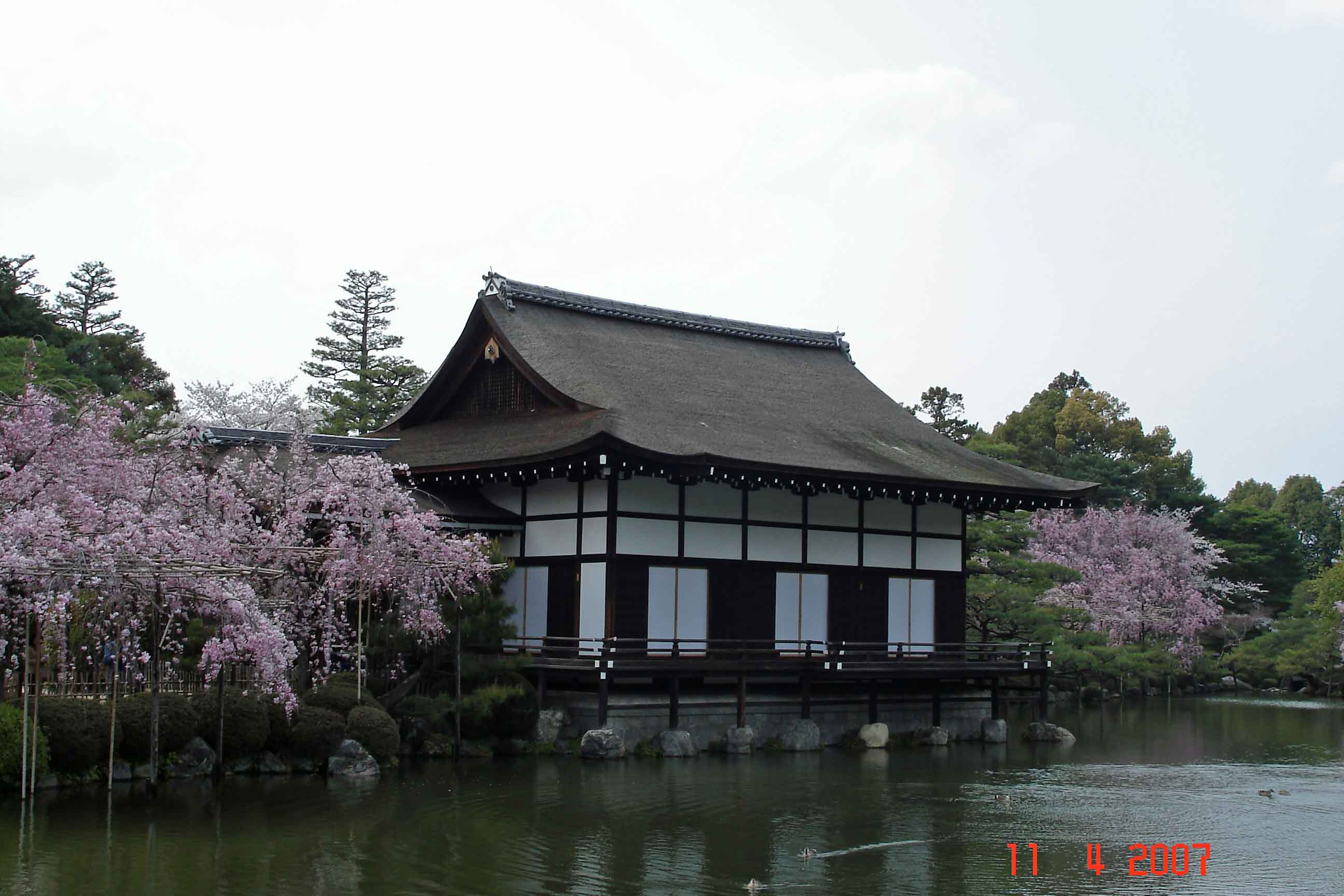
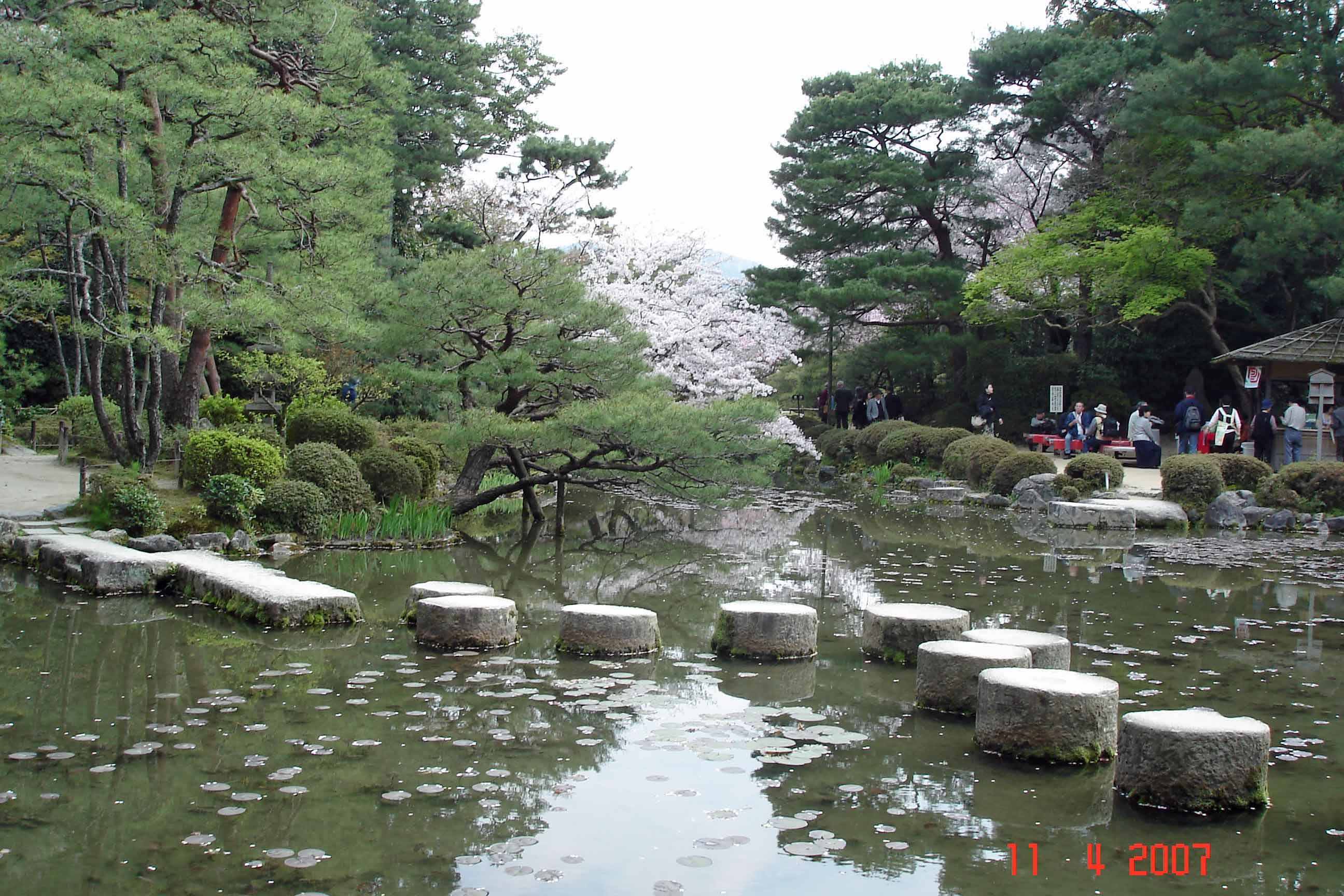
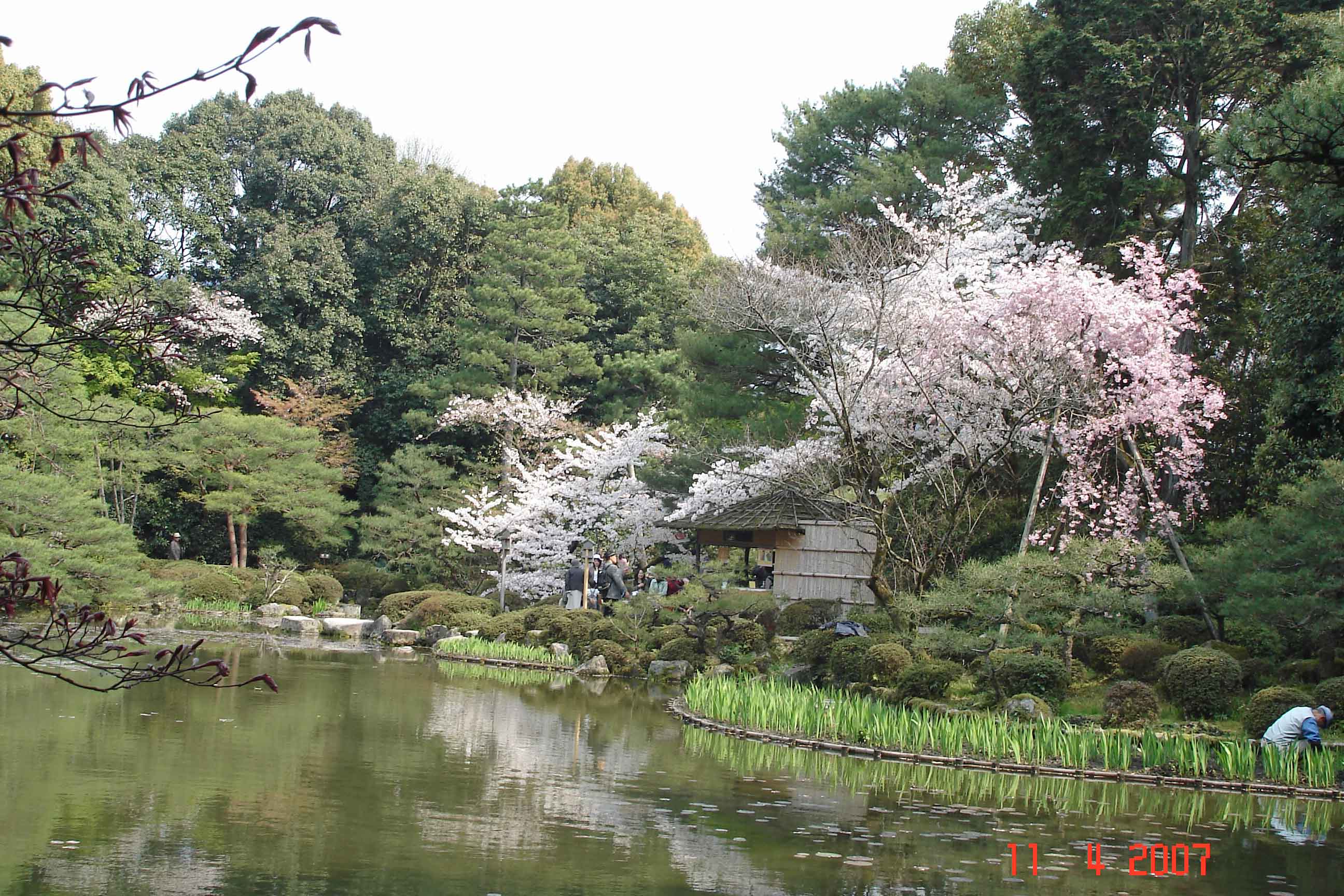
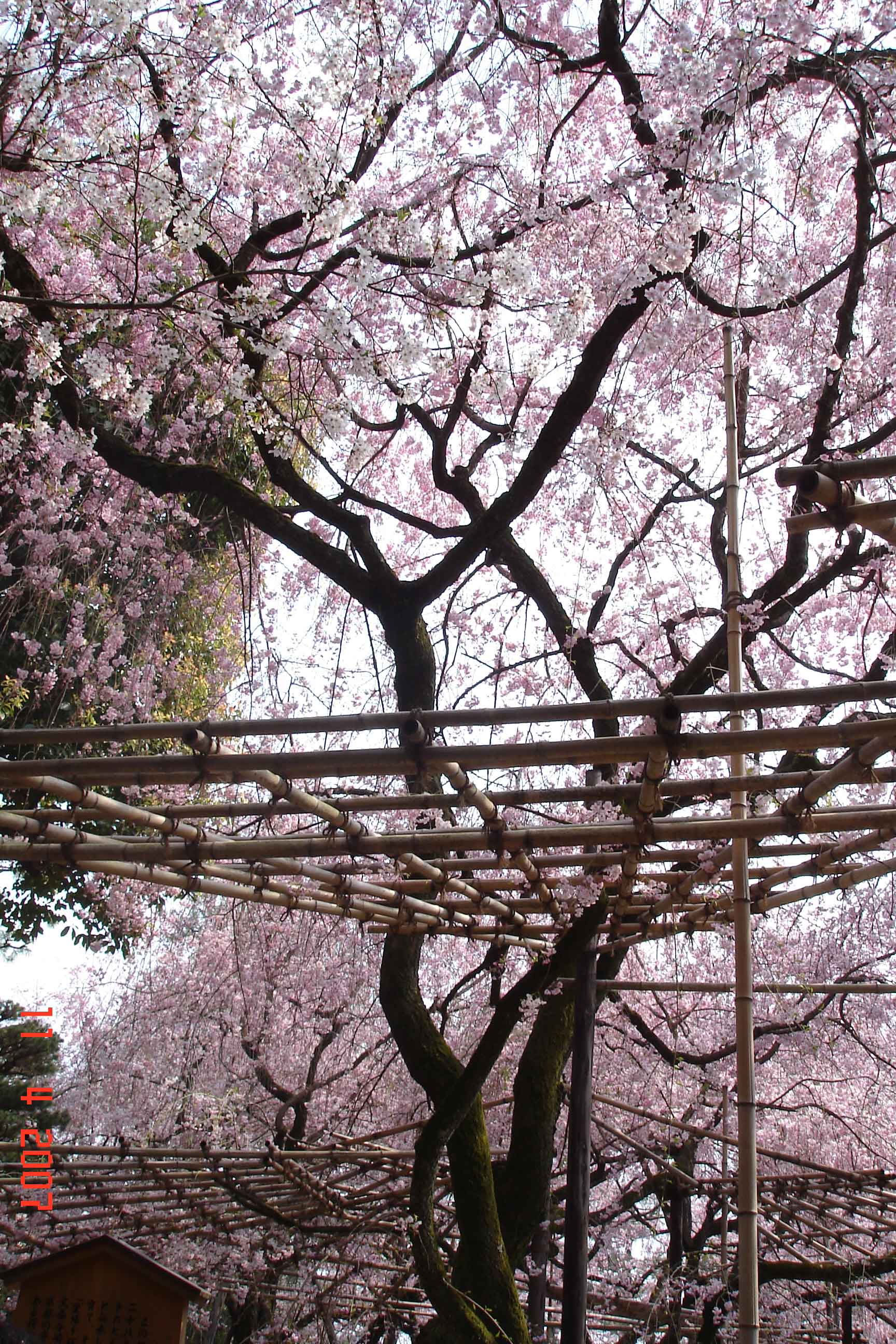
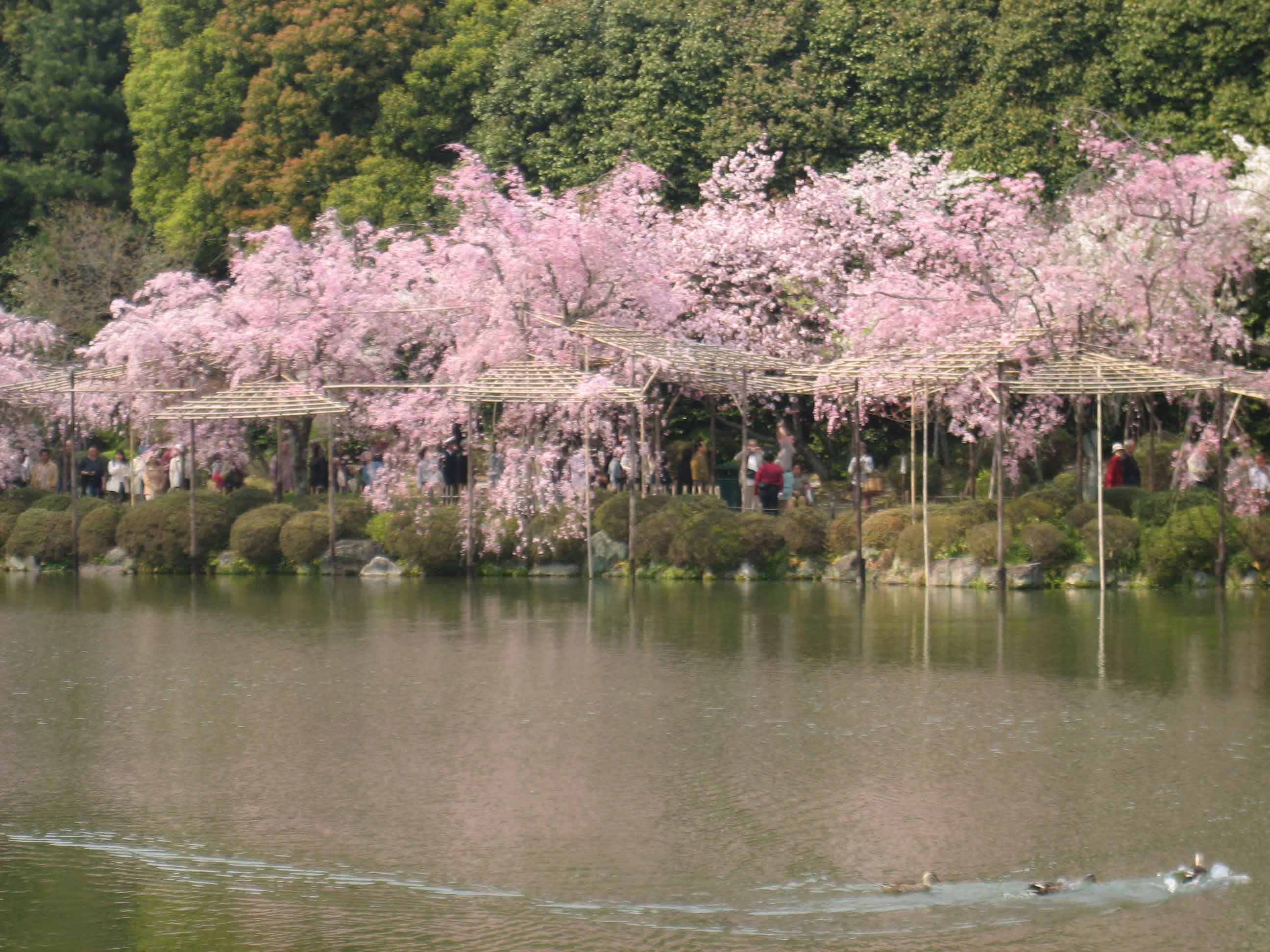
Speak Your Mind